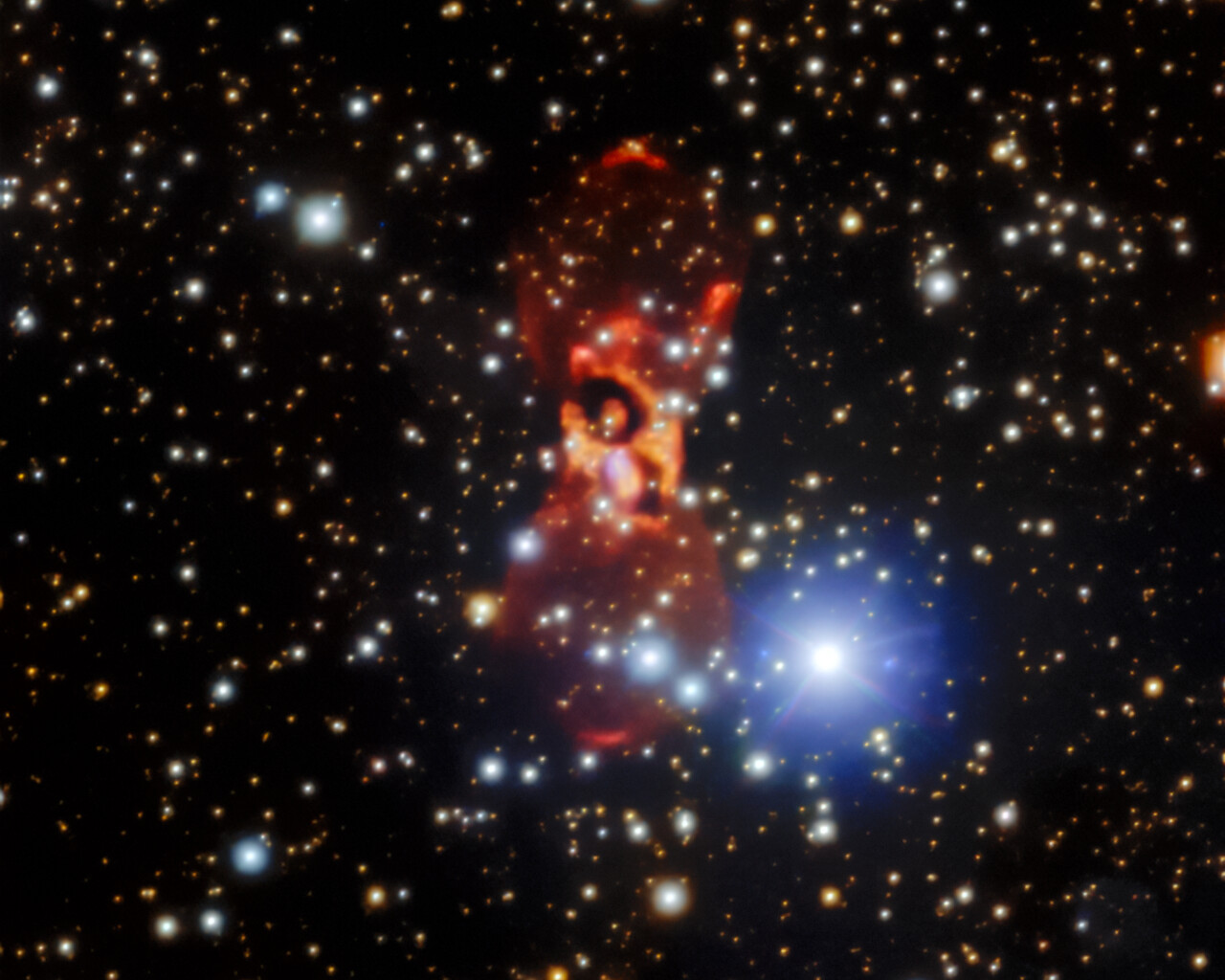Vulpecula
Origin
This constellation was invented in 1687 by Johannes Hevelius. Originally depicting a fox holding a goose, over time people have started to leave out the goose.
Bright Stars
The brightest star in Vulpecula is Alpha Vulpeculae with a visual magnitude of 4.63.


 Photo of the constellation Vulpecula produced by NOIRLab in collaboration with Eckhard Slawik, a German astrophotographer.
The annotations are from a standardized set of 88 western IAU constellations and stick figures from Sky & Telescope. Please find here a non-annotated version of the image.
Photo of the constellation Vulpecula produced by NOIRLab in collaboration with Eckhard Slawik, a German astrophotographer.
The annotations are from a standardized set of 88 western IAU constellations and stick figures from Sky & Telescope. Please find here a non-annotated version of the image.
Credit: E. Slawik/NOIRLab/NSF/AURA/M. Zamani
Notable Objects
Notable objects in Vulpecula include NGC 6885, an open star cluster that is just bright enough to be viewed through binoculars, and Messier 27, a planetary nebula easily visible through binoculars in dark areas. M27 is popularly known as the Dumbbell Nebula.


















